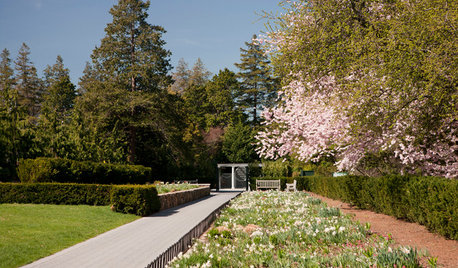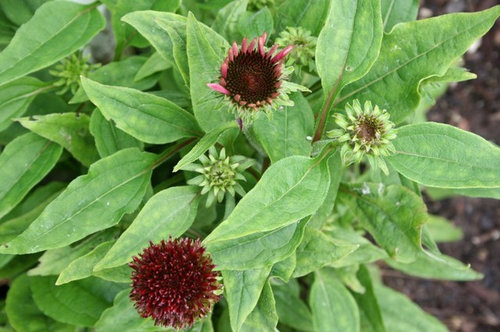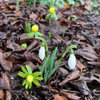Echinacea Pink Double with no or sparse petals
mongoice
10 years ago
Related Stories

GARDENING GUIDES20 Favorite Flowers for Butterflies and Bouquets
Discover perennials and annuals that do double duty as butterfly magnets and versatile cut flowers
Full Story
LANDSCAPE DESIGNGreat Design Plant: Sun-Loving Bougainvillea Showers Yards With Color
Bring unbeatable vibrancy to a garden or wall with this unfussy and trainable shrub packed with colorful bracts
Full Story
GARDENING GUIDESGreat Design Plant: Knock Out Roses
As glorious as their high-maintenance kin for a fraction of the work, Knock Out roses make even beginners look like garden stars
Full Story
INSPIRING GARDENSA Spring Walk Through Piet Oudolf’s New Garden in the Bronx
This lush expanse of bulbs, perennials and grasses at The New York Botanical Garden is showing its color. Have a look
Full StoryMore Discussions










mongoiceOriginal Author
wieslaw59
Related Professionals
Brentwood Landscape Architects & Landscape Designers · Fort Lee Landscape Architects & Landscape Designers · Manchester Landscape Contractors · Alamo Landscape Contractors · Brandon Landscape Contractors · College Park Landscape Contractors · Fort Worth Landscape Contractors · Lantana Landscape Contractors · Lemont Landscape Contractors · Midland Landscape Contractors · Rio Linda Landscape Contractors · Soddy Daisy Landscape Contractors · Welby Landscape Contractors · West Palm Beach Landscape Contractors · Forest Hill Landscape Contractorsmolie
mongoiceOriginal Author
rouge21_gw (CDN Z5b/6a)
coolplantsguy
rouge21_gw (CDN Z5b/6a)
terrene
trovesoftrilliums
mongoiceOriginal Author
Marie Tulin
Nevermore44 - 6a
rouge21_gw (CDN Z5b/6a)
User